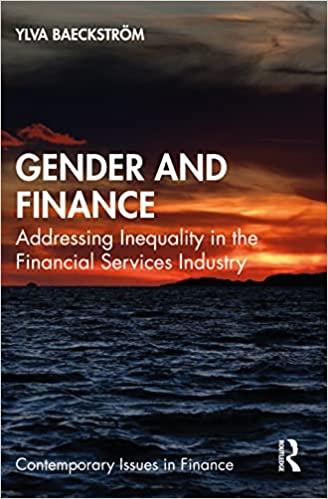1.
At the beginning of the year Ham Inc.'s management is considering making an offer to buy Egg Corporation. Egg's projected operating income (EBIT) for the current year is $25.0 million, but Ham believes that if the two firms were merged, it could consolidate some operations, reduce Egg's expenses, and raise its EBIT to $39.0 million. Neither company uses any debt, and they both pay income taxes at a 40% rate. Ham has a better reputation among investors, who regard it as better managed and also less risky, so Ham's stock has a P/E ratio of 18 versus a P/E of 12 for Egg. Since Ham's management will be running the entire enterprise after a merger, investors will value the resulting corporation based on Ham's P/E. Based on expected market values, how much synergy should the merger create? Do not round your intermediate calculations.
2. Which of the following is not a key difference in the capital budgeting analyses between domestic and foreign operations?
| a. Dividends and royalties are normally taxed twiceonce by the foreign government and once by the home-country government. | |
| | b. Risk adjustments to the cost of capital are not made in foreign project analyses. | |
| | c. A firm may have to face the possibility that a foreign government will restrict the cash flow from the foreign subsidiary back to the parent. | |
| | d. Cash flows must be converted to the parent company's home currency. | |
| | e. A firm may have to face the possibility that a foreign government may expropriate all of the firm's foreign assets in its country. | |






